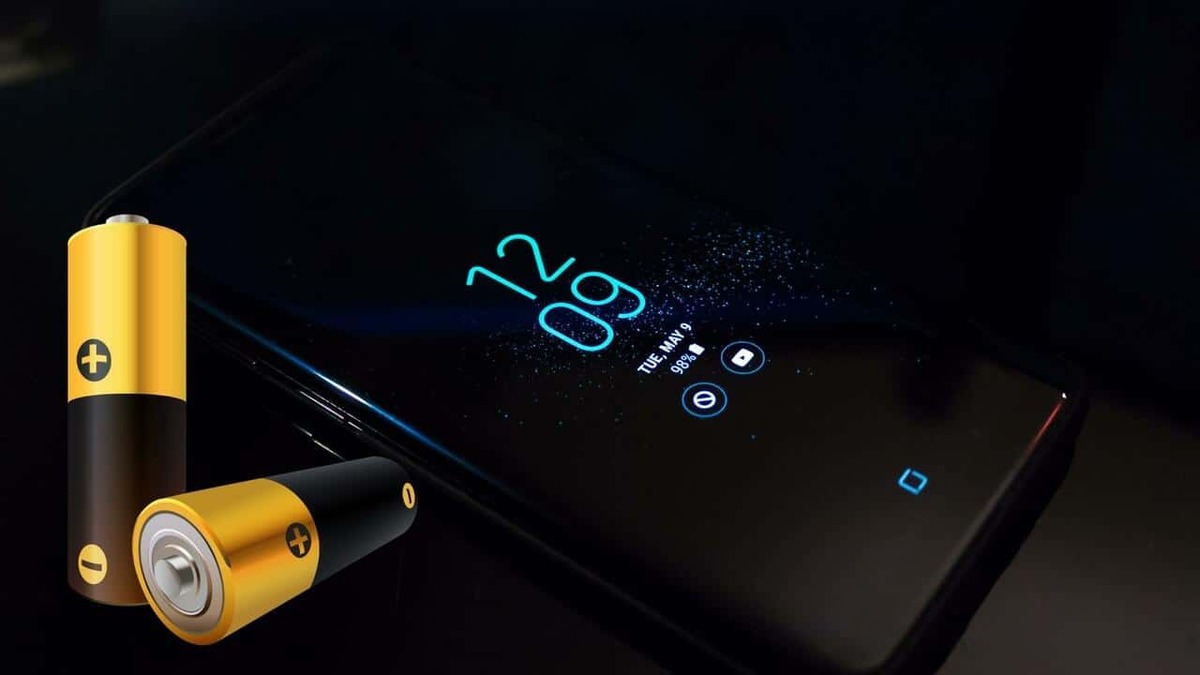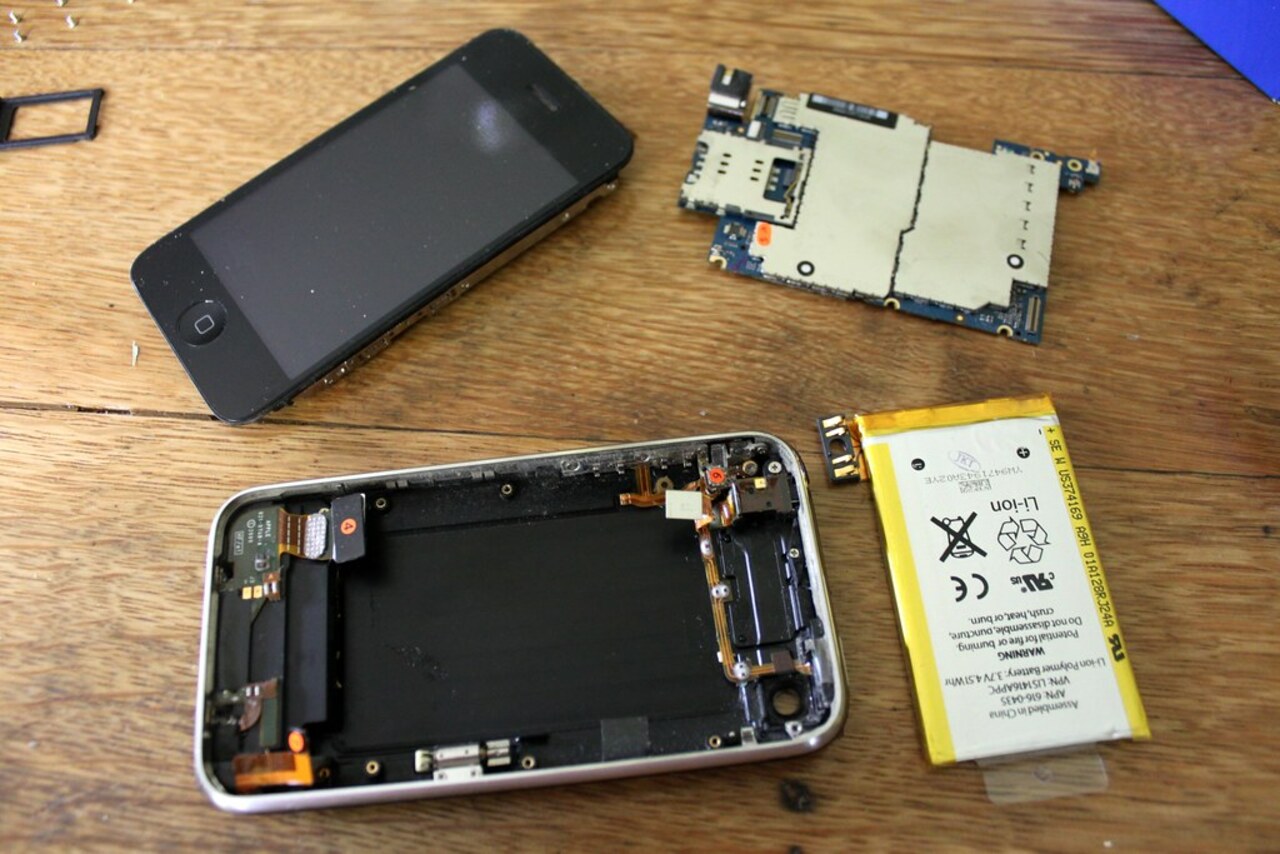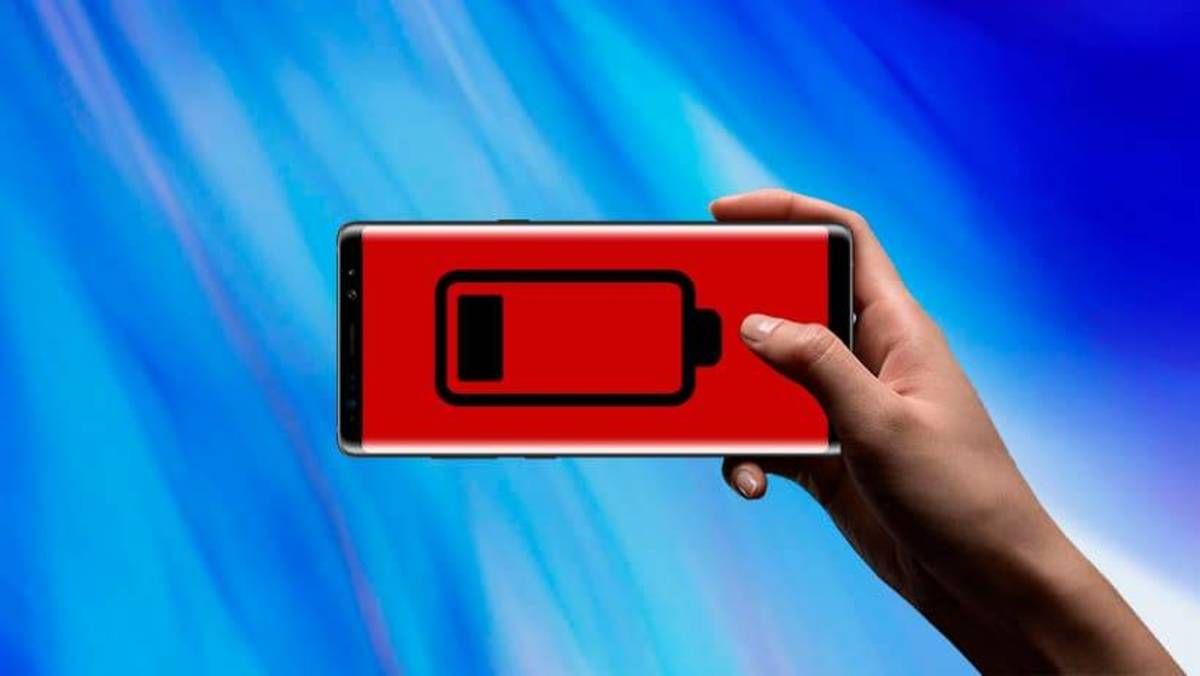
Phones under the Android operating system usually have a large number of options, all of them available to all consumers. It is a software that has a normal charge as far as its use is concerned, also depending on the applications in use, the battery may suffer a little more.
The autonomy of mobile phones has been increasing, all due to their size, which are above 4.000 mAh, in many cases it is about 5.000 mAh or more. It is important to take this aspect into account, as well as that they have fast charging, essential in case you want to have it ready as soon as possible.
In this article we will detail how to monitor battery charge cycles on android, serving with it to know if it will become resistant over time. In addition, the recommendations are important, especially if you want to keep track of everything you do when connecting and removing it from the electrical network.

Always try to have battery

Phones are not advisable to download completely, above 20% is what it has to be if you want to charge and the battery does not suffer. The user will be the one who has to keep an eye on it, although he may sometimes go beyond that and go down because he does not have a light point nearby or the smartphone charger.
You have programs that make you control autonomy, the applications that consume more, if you have several that consume more, it is advisable to remove it and not start it. Users with certain apps will see what to do at any time, such as killing an app, starting only those considered "vital", such as those of the system.
You have tools that show you a notice on the screen and a beep when you have a relatively low battery that you indicate, if it is above 20 percent, it is appropriate, to take the phone to its station. Always try to have the original charger in your pocket, purse or in a bag.
Measure cycles with an app

Currently measure the battery cycles of your Android phone It will be done with a third-party application, it will make you always have a notion of everything, including the charging time, how many times it has been charged over time, among other things. You need one that fits you for all occasions.
One of the appropriate ones for this is Charge Cycle Count, a free and perfect tool for this task, which is none other than to control the charging cycles. If that cycle has been positive, it will be marked in green, if it is medium, in orange, while if it is red it will do badly because it has suffered a problem.
Among the tips, the battery always has to be between levels above 40% below and 80% above, the first one is important, since it will suffer a little less. The user has to go knowing that autonomy will always be important at higher levels than below.
Set up the Charge Cycle Count app
Imagine charging the device for at least a day, if you take three months, there are about 90 charges as long as each month has approximately 30 days. This is important, equally if you configure the application, which is what we are going to do with it, ideal if you want it to be used perfectly.
In the beginning, the user is the one who will decide the values in any case, but do this as long as you know how many cycles it can have approximately. If not, try to skip this, since the app will assess what you are doingTherefore, the important thing is to put a value, even if it is false, put one by default and then try to value this and many other settings that you have.
To set up this app, do the following:
- The first step, download and install the application on your phone
- In this step, what is necessary is to go to the settings of your device
- Once inside, go to "Add Cycles" and add the value you have default, put for example 150 if it is about five months of use
- If you don't know it, the important thing is that you leave it blank, starting with the first use you make of it, even if you think this will affect it, it will not, despite the fact that the uses given affect the phone in the long run, which is more than likely what happens
Above 1.000 uses, specifically 1.000 charges You can see a noticeable drop in performance, which is what the user will see in the end in terms of battery life. On the other hand, the customer always has the decision to configure the application, which is one of the things that many do.